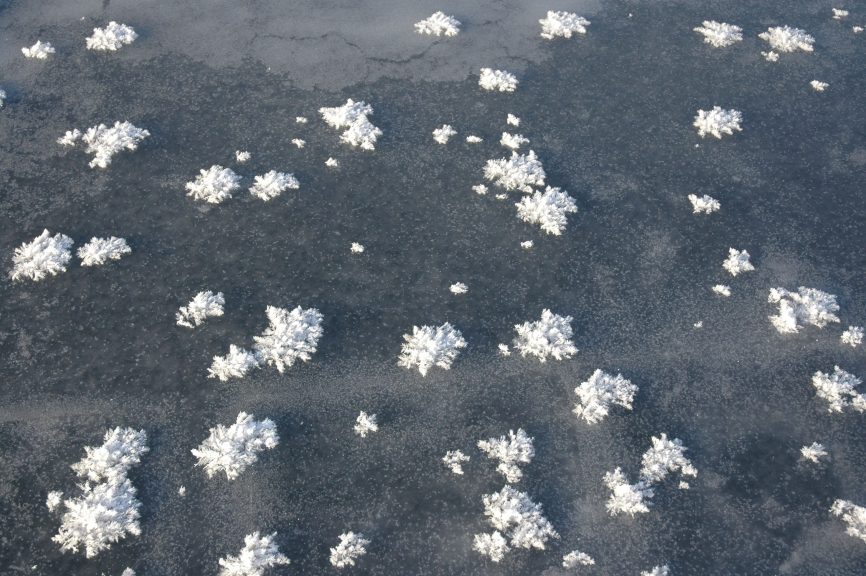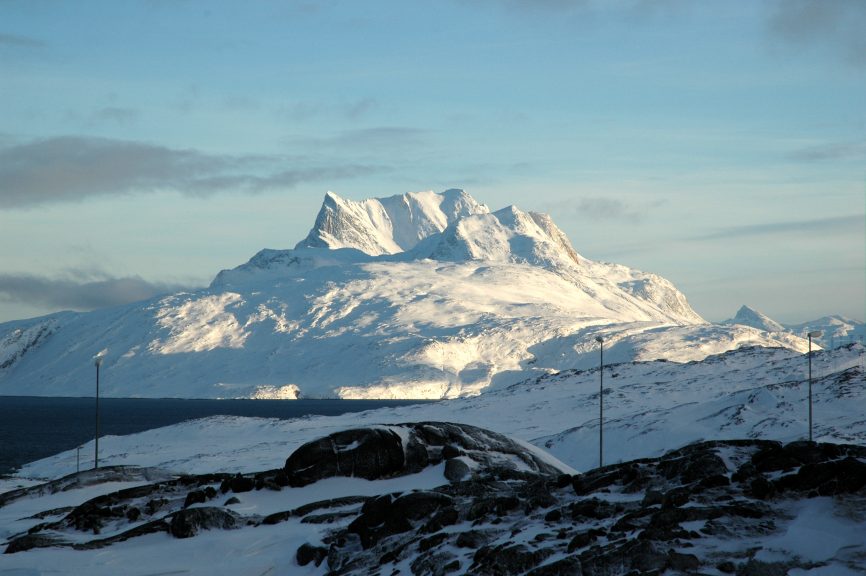Frost Flowers

During the initial hours of sea ice formation, a highly saline layer of brine skim is often observed on the surface of new and young sea ice. This skim layer is typically 1–2 mm thick and highly saline. Under calm wind conditions, frost flowers may form on top of this brine skim as distinct nodules and then radially expand outwards in all directions from their nucleation sites. We still lack of knowledge of the biotic and abiotic processes in frost flowers and brine skim, and their potential importance to the present and future CO2 budget. Hence, the project will answer the following questions:
1) How do frost flowers affect CO2 dynamics in the Arctic?
2) Is there any primary production by ice algae in the frost flowers and what is the quantitative scale of this production?
3) Are bacteria in frost flowers active and alive and what are their respiration rates?
4) Do frost flowers change light levels and thus the scale of the algal production in the underlying water column?



